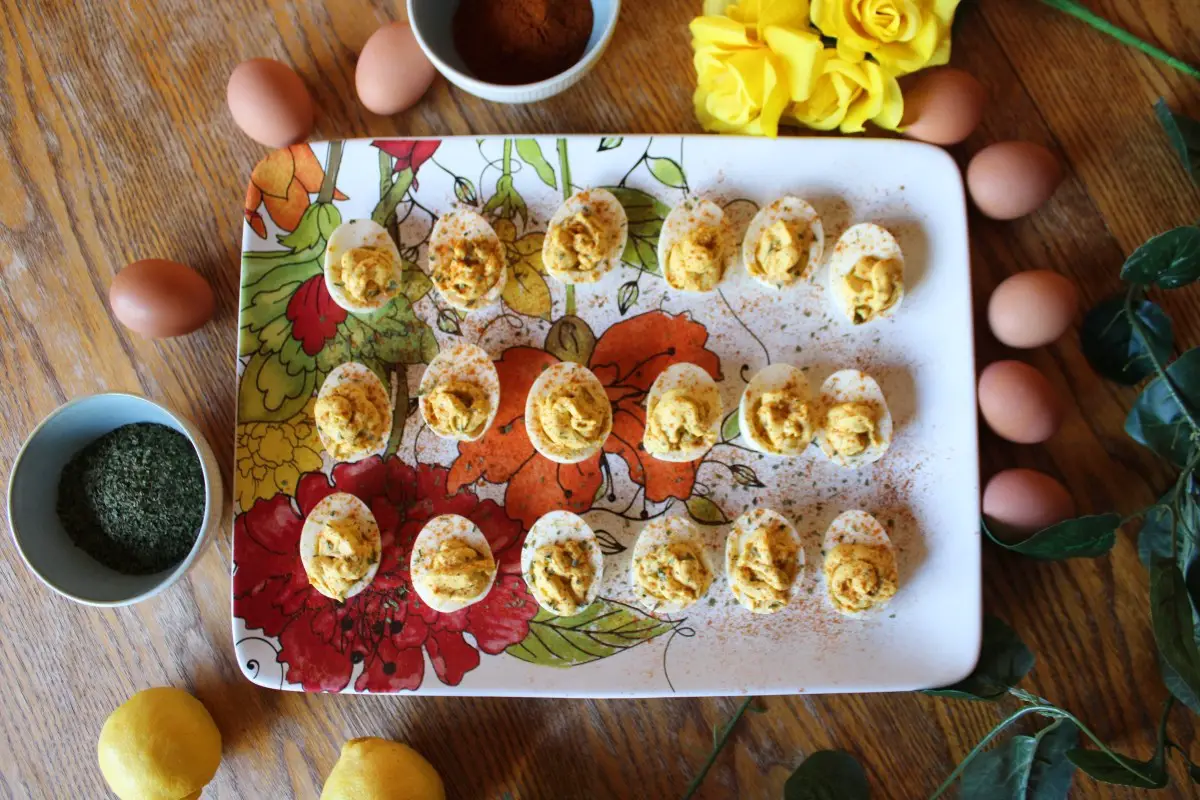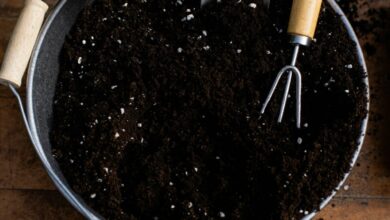Ginger Bugs: Crafting Homemade Soda and Boosting Gut Health
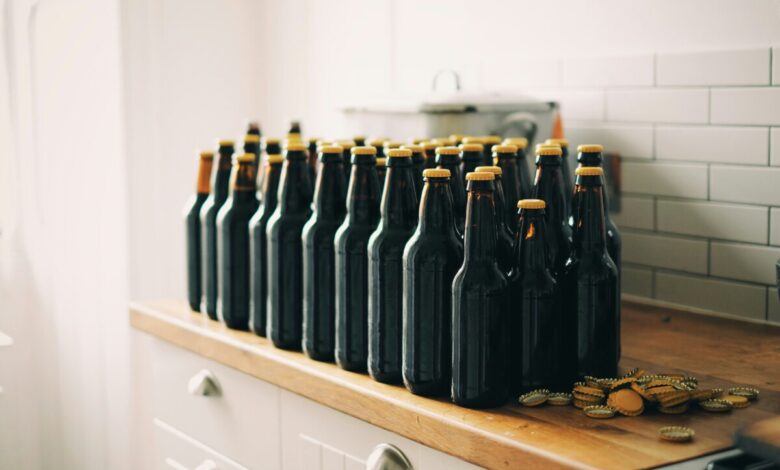
In the realm of homemade beverages, few concoctions match the allure and versatility of ginger bugs. These lively fermentations, born from a simple blend of ginger, sugar, and water, hold the promise of not only refreshing sodas but also the benefits for digestive health. As interest in natural fermentation methods surges, ginger bugs have emerged as a beloved staple for crafty homebrewers seeking both flavor and function.
Crafting the Ginger Bug
Creating a ginger bug is a straightforward process that requires minimal ingredients and equipment. The magic begins with grating fresh ginger, a rhizome celebrated for its pungent flavor and medicinal properties. Combined with sugar and water, the grated ginger sets the stage for fermentation, inviting the proliferation of beneficial microorganisms.
Over the course of several days, the ginger bug undergoes a transformation, evolving from a mere mixture into a lively culture teeming with probiotic bacteria and yeast. Regular feedings of ginger and sugar sustain this fermentative frenzy, resulting in a fizzy elixir ready to impart its zesty essence to homemade sodas.
Crafting Homemade Soda
Once your ginger bug reaches its bubbly zenith, it becomes a prized asset for crafting homemade sodas. Whether you’re craving the fiery kick of ginger beer, the floral notes of elderflower soda, or the tang of fermented lemonade, the ginger bug serves as a natural starter culture, infusing each concoction with effervescence and complexity.
To make soda with a ginger bug, simply combine your desired flavorings—such as fruit juices, herbs, or spices—with sugar and water, then introduce a portion of your active ginger bug. Through the alchemy of fermentation, the sugars are converted into carbon dioxide and flavorful byproducts, yielding a beverage that tickles the taste buds and invigorates the senses.
Benefits for the Gastrointestinal System
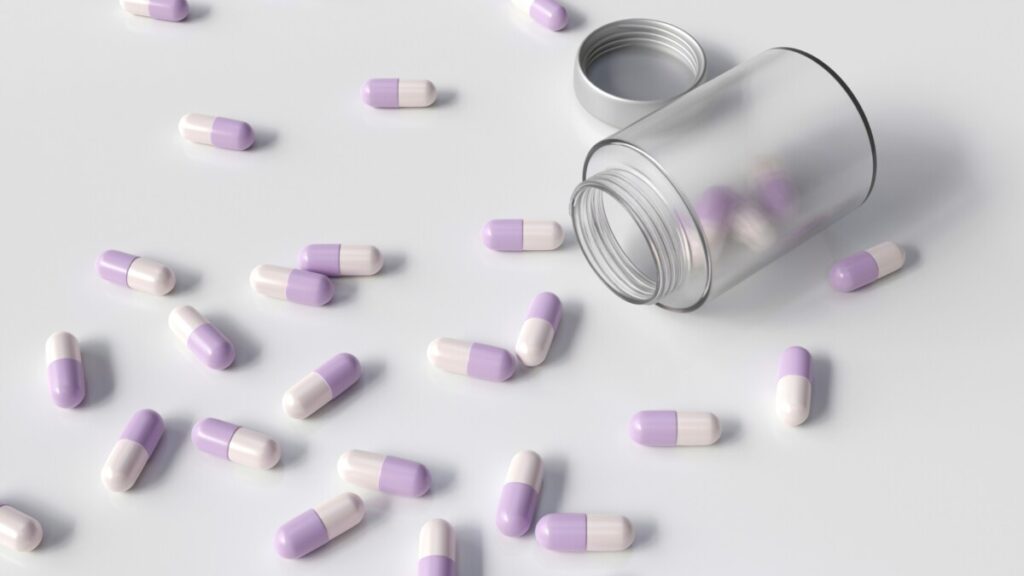
Beyond tantalizing the palate, ginger bugs offer potential benefits for digestive health, courtesy of their probiotic content. Probiotics are live microorganisms that confer a myriad of advantages when consumed in adequate amounts, particularly for the gastrointestinal system.
Ginger itself has long been revered for its digestive properties, with studies suggesting that it may alleviate symptoms of nausea, indigestion, and bloating. When ginger is incorporated into a fermented beverage via the ginger bug, its bioavailability and potency may be enhanced, amplifying its therapeutic effects on gut health.
Furthermore, the fermentation process generates lactic acid, a byproduct that lends a tangy flavor to sodas while promoting a favorable environment for beneficial bacteria in the gut. By regularly consuming probiotic-rich foods like ginger soda, individuals may support the balance of their gut microbiota, which plays a crucial role in immune function, nutrient absorption, and overall well-being.
Fermentation Culture (pun intended) Around the World
Ginger bug drinks, made using the fermentation culture known as ginger bug, are enjoyed in various forms around the world, each with its own unique flavors and cultural significance. Here are a few types of ginger bug drinks from different regions:
- Ginger Beer (Caribbean and North America): Ginger beer is a popular fermented beverage originating from the Caribbean, later adopted and adapted in North America. It’s made by fermenting a mixture of ginger, sugar, water, and sometimes lemon juice or other flavorings with the aid of a ginger bug. The result is a mildly alcoholic, effervescent drink with a spicy kick.
- Dandelion and Burdock (United Kingdom): Dandelion and burdock is a traditional British soft drink dating back centuries. It’s made by fermenting a combination of dandelion and burdock roots, along with ginger, sugar, and water, often utilizing a ginger bug as a starter culture. The resulting beverage is dark, earthy, and slightly bitter with undertones of ginger.
- Sekanjabin (Middle East): Sekanjabin is a sweet and sour Persian syrup that can be enjoyed as a refreshing drink when mixed with water. It’s made by simmering vinegar and sugar with fresh herbs or botanicals like mint, basil, or ginger. While ginger is not always a traditional ingredient, its addition can impart a pleasant warmth to the beverage.
- Ginger Tepache (Mexico): Tepache is a traditional Mexican fermented beverage made from pineapple, sugar, and spices. In some variations, ginger is added to the mix, either as part of the fermentation process or as a flavoring agent. Ginger tepache offers a spicy twist on the fruity, tangy flavors of traditional tepache.
- Ginger Kombucha (Asia and Worldwide): Kombucha is a fermented tea beverage that has gained popularity worldwide for its tangy flavor and purported health benefits. Ginger can be added during the brewing process or as a flavoring agent in secondary fermentation to create ginger kombucha. The result is a fizzy, probiotic-rich drink with a zesty ginger kick.
- Ginger Kvass (Russia and Eastern Europe): Kvass is a fermented beverage traditionally made from rye bread, but various fruits and vegetables can also be used. Ginger kvass is a variation that incorporates ginger along with sugar and water, fermented until tangy and slightly effervescent. It’s enjoyed as a refreshing drink with a hint of spice.
These are just a few examples of the diverse array of ginger bug drinks enjoyed around the world. Each beverage offers a unique taste experience, reflecting the culinary traditions and ingredients of its respective region. Whether it’s the fiery kick of Caribbean ginger beer or the earthy sweetness of British dandelion and burdock, ginger bug drinks continue to captivate taste buds and inspire experimentation across cultures.
Irradiation

Irradiation of ginger, a process used to eliminate harmful pathogens and extend the shelf life of the spice is a food safety technique that involves exposing food products to ionizing radiation, such as gamma rays, electron beams, or X-rays. This process can effectively kill bacteria, viruses, parasites, and insects present in the food, reducing the risk of foodborne illnesses and spoilage.
In the United States, the Food and Drug Administration (FDA) has approved the use of irradiation for various food products, including spices like ginger. The FDA regulates the irradiation process to ensure that it is safe and effective, with strict guidelines in place for dosage levels and labeling requirements.
The irradiation of ginger involves subjecting the spice to a predetermined dose of ionizing radiation. This process is typically carried out in specialized facilities equipped with irradiation equipment. The ginger is exposed to radiation for a specific period, after which it is thoroughly tested to ensure that it meets safety standards and does not pose any health risks to consumers.
One of the primary benefits of irradiating ginger is the reduction of microbial contamination. By eliminating pathogens such as Salmonella, Escherichia coli (E. coli), and Listeria, irradiation helps ensure that the spice is safe for consumption, particularly in applications where it is not cooked or heat-treated, such as in raw or minimally processed foods.
Additionally, irradiation can extend the shelf life of ginger by slowing down the growth of spoilage-causing microorganisms. This can help preserve the freshness and quality of the spice, allowing it to be stored for longer periods without deteriorating.
It’s worth noting that while irradiation is generally recognized as safe by regulatory agencies, some consumers have concerns about the potential effects of irradiated foods on health and nutrition. This can affect the fermentation process and therefore produce a lack of viable culture needed to produce carbonation. Looking for a local source or growing your own is a better way to ensure that you have the needed probiotic support your gut and family health.
Conclusion
In the realm of DIY beverages, ginger bugs reign supreme as catalysts for creativity and well-being. From their humble beginnings as a trio of humble ingredients, ginger bugs evolve into effervescent cultures that infuse homemade sodas with flavor and fizz. Beyond their gustatory delights, these fermented elixirs offer a bounty of potential benefits for the gastrointestinal system, making them a worthy addition to any homebrewer’s repertoire.
So, whether you’re a seasoned fermenter or a curious novice, consider harnessing the power of ginger bugs to craft sodas that delight the senses and nurture the body. With each effervescent sip, you’ll not only savor the vibrant flavors but also toast to the health of your gut, one fizzy concoction at a time. Cheers to the zing of ginger bugs and the boundless possibilities they bring to the world of homemade beverages.
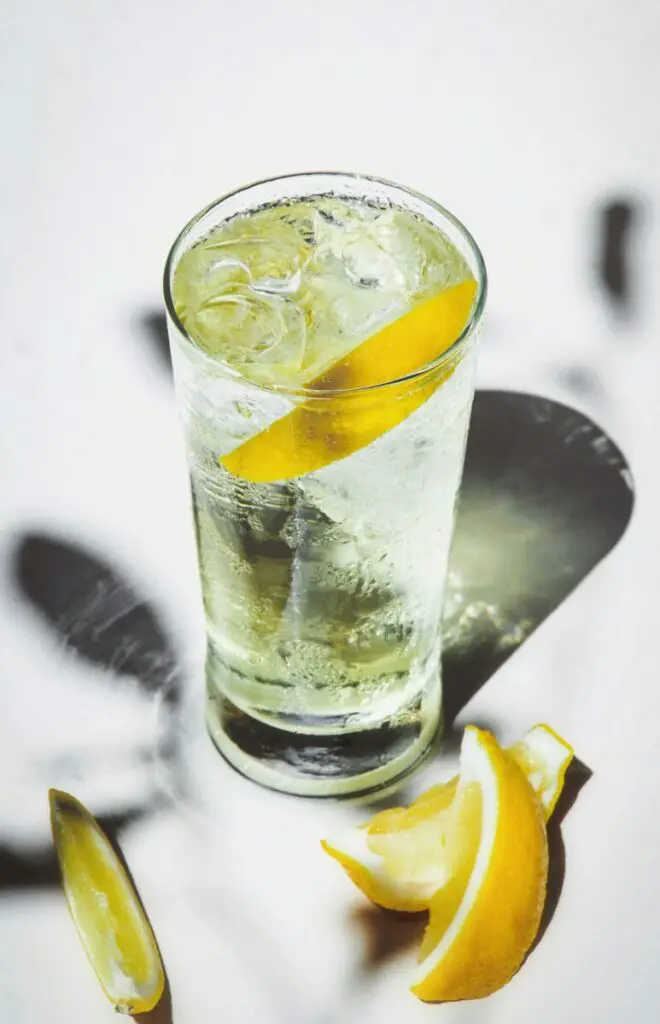
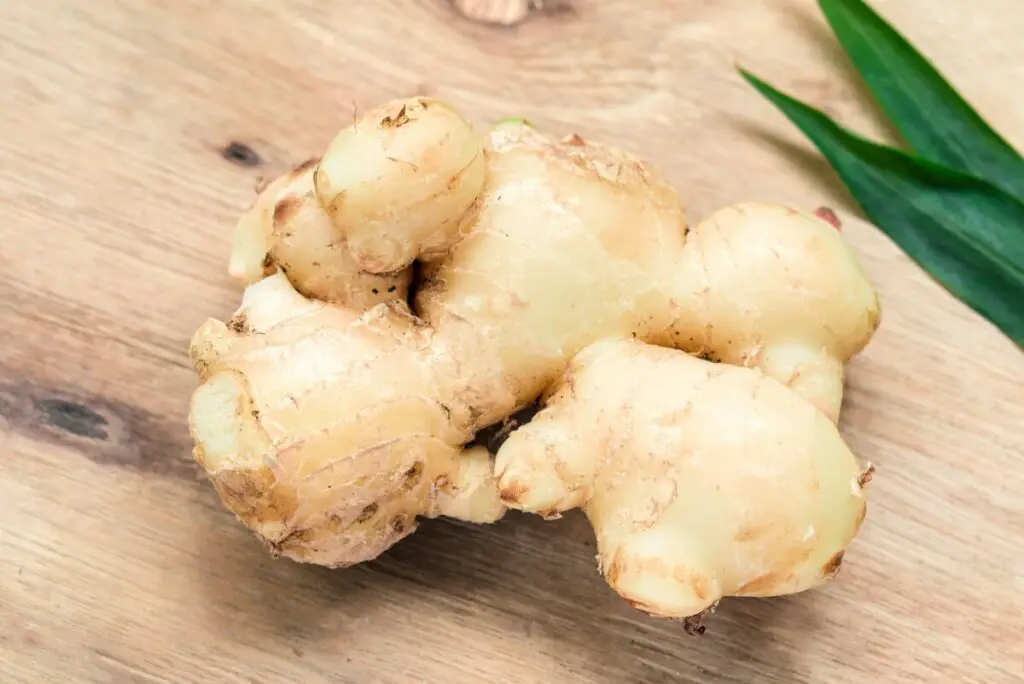
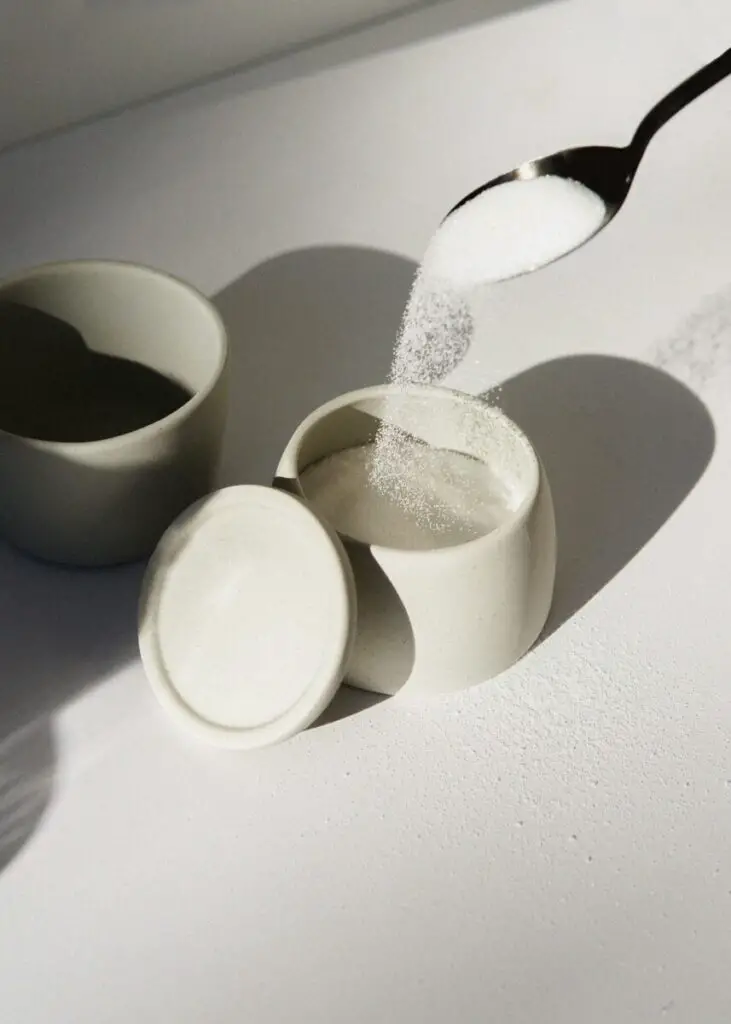
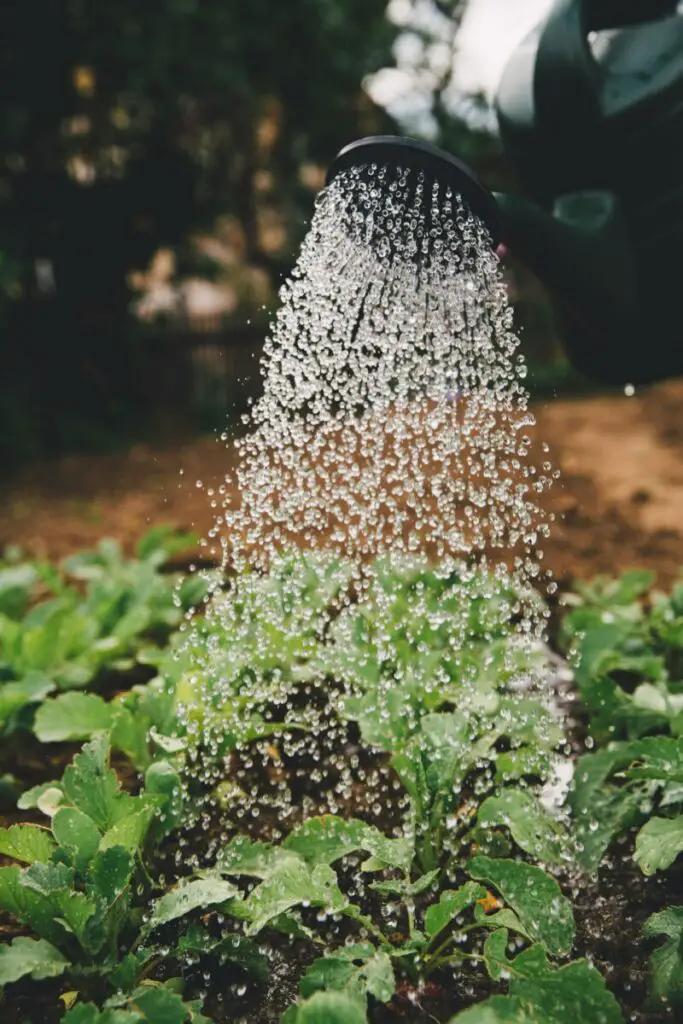
Classic Ginger Bug
Equipment
- A glass jar,
Ingredients
- – 2 tablespoons grated ginger with skin
- – 2 tablespoons sugar white or brown
- – 2 cups filtered water chlorine-free
Instructions
- Instructions:
- In a glass jar, combine the grated ginger, sugar, and water. Stir well until the sugar is dissolved.
- Cover the jar with a breathable cloth or a paper towel secured with a rubber band. This allows air to flow in and out while keeping out dust and insects.
- Place the jar in a warm spot, ideally around 70-85°F (21-29°C). A warm environment helps promote fermentation.
- Every day, add 1 tablespoon each of grated ginger and sugar to the jar. Stir well to combine.
- Continue feeding the ginger bug daily for about 4-7 days, or until it becomes fizzy and bubbly. You should see bubbles forming on the surface, indicating fermentation is active.
- Once your ginger bug is ready, you can use it as a natural starter culture for making homemade sodas like ginger beer or other fermented beverages.
Notes
- Comparing Freeze-Dried Food Brands: Why Mountain House Stands Out
- The Medicinal Magic of Mushrooms and the Beauty of Foraging
- Elevate Your Culinary Experience with Sautéed Shiitake Mushrooms with Star Anise and Orange Zest
- The Traditional Touch: Soaking, Sprouting, and Fermenting for Better Health
- Kids Mastering International Cuisine Online Course








